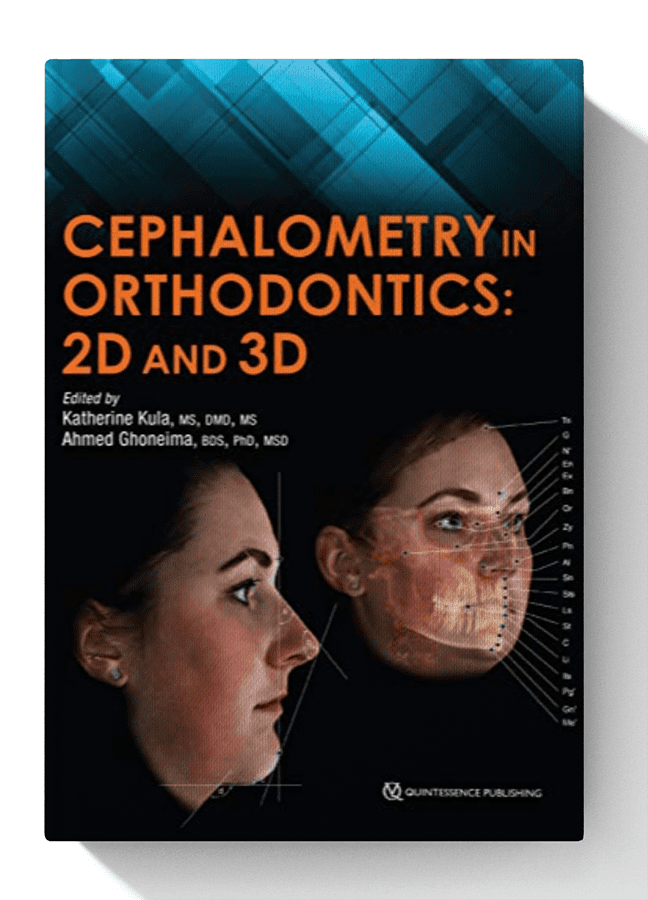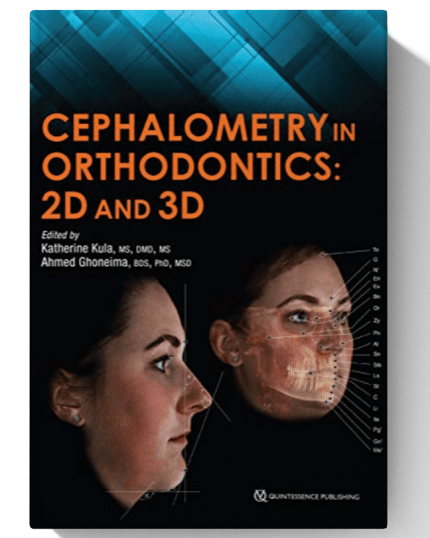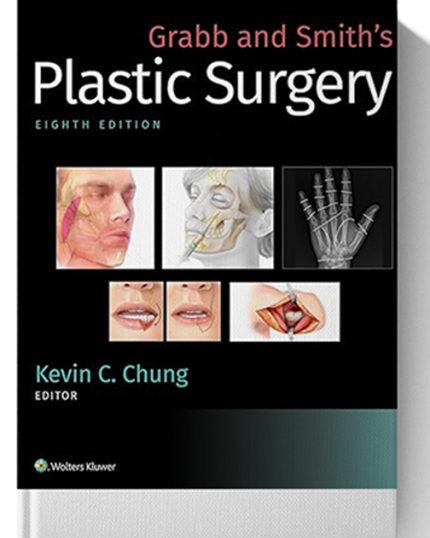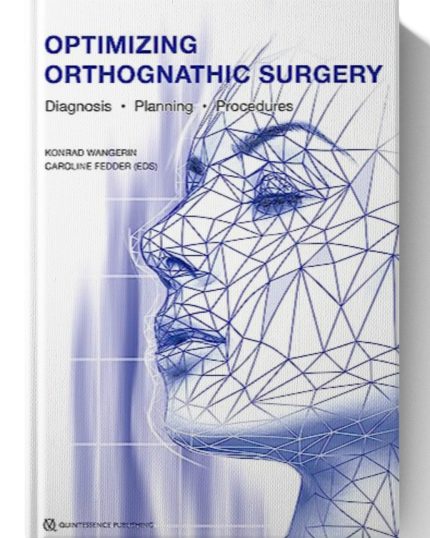Cephalometrics has been used for decades to diagnose orthodontic problems and evaluate treatment. However, the shift from 2D to 3D radiography has left some orthodontists unsure about how to use this method effectively.
This book defines and depicts all cephalometric landmarks on a skull or spine in both 2D and 3D and then identifies them on radiographs.
Each major cephalometric analysis is described in detail, and the linear or angular measures are shown pictorially for better understanding.
Because many orthodontists pick specific measures from various cephalometric analyses to formulate their own analysis, these measures are organized relative to the skeletal or dental structure and then compared or contrasted relative to diagnosis, growth, and treatment. Cephalometric norms (eg, age, sex, ethnicity) are also discussed relative to treatment and esthetics.
The final chapter shows the application of these measures to clinical cases to teach clinicians and students how to use them effectively.
As radiology transitions from 2D to 3D, it is important to evaluate the efficacy and cost-effectiveness of each in diagnosis and treatment, and this book outlines all of the relevant concerns for daily practice.
338 illustrations
Contents:
- Introduction to the Use of Cephalometrics
- 2D and 3D Radiography
- Skeletal Landmarks and Measures
- Frontal Cephalometric Analysis
- Soft Tissue Analysis
- A Perspective on Norms and Standards
- The Transition from 2D to 3D Cephalometrics: Understanding the Problems of Landmarks and Measures
- Cephalometric Airway Analysis
- Radiographic Superimposition: From 2D to 3D
- Growth and Treatment Predictions: Accuracy and Reliability
- Measuring Bone with CBCT
- Common Pathologic Findings in Cephalometric Radiology
- The Cost of 2D Versus 3D Radiology
- Clinical Cases










Reviews
There are no reviews yet